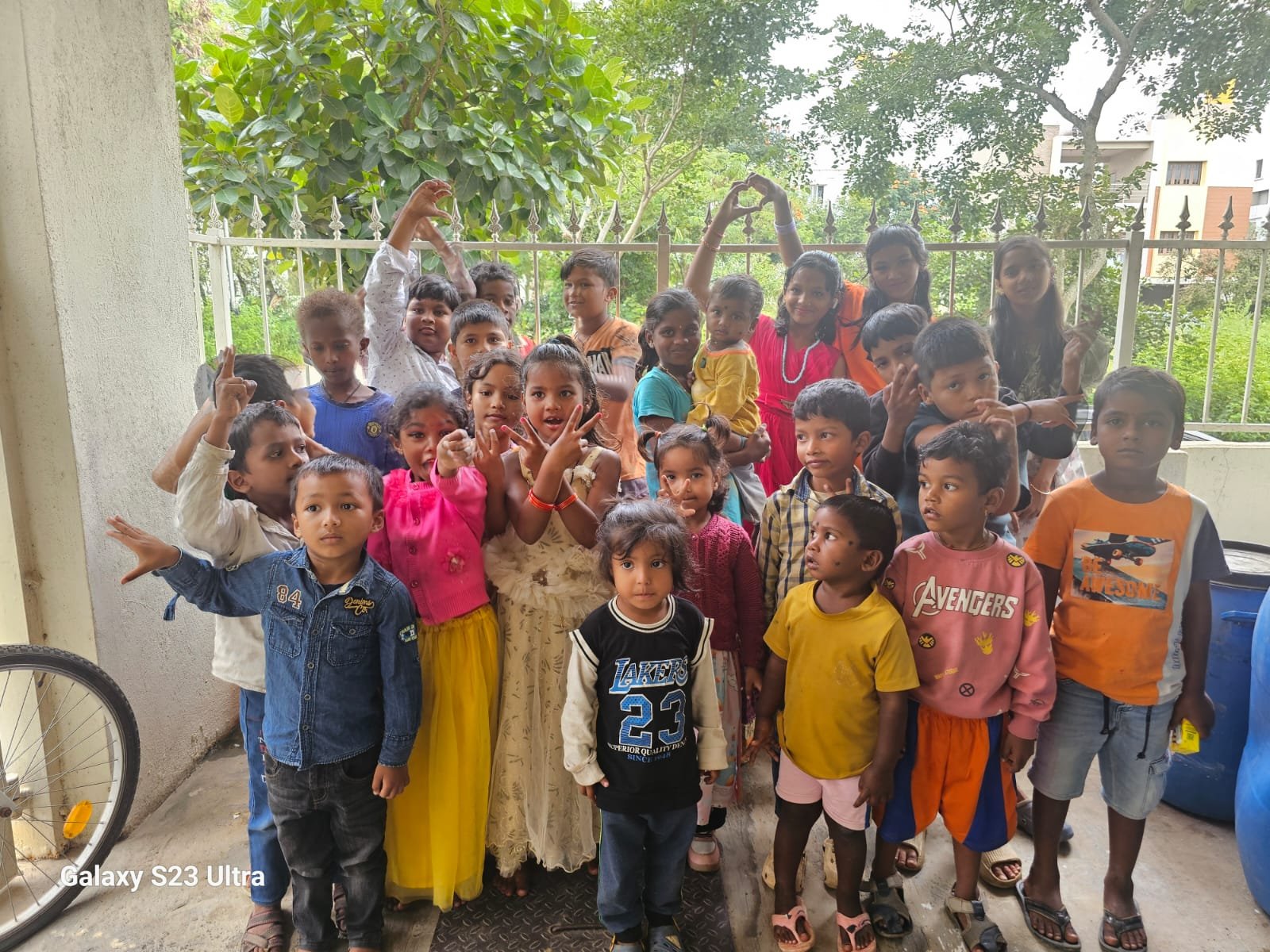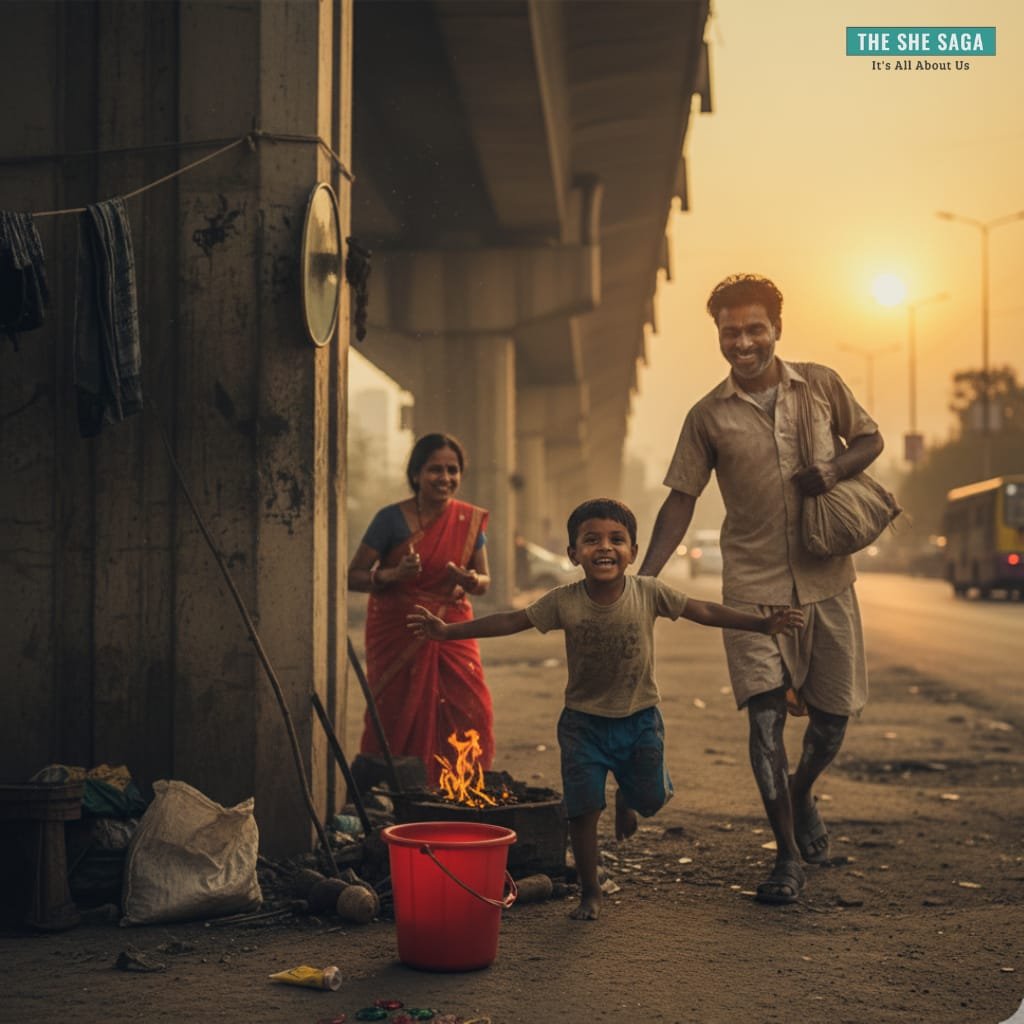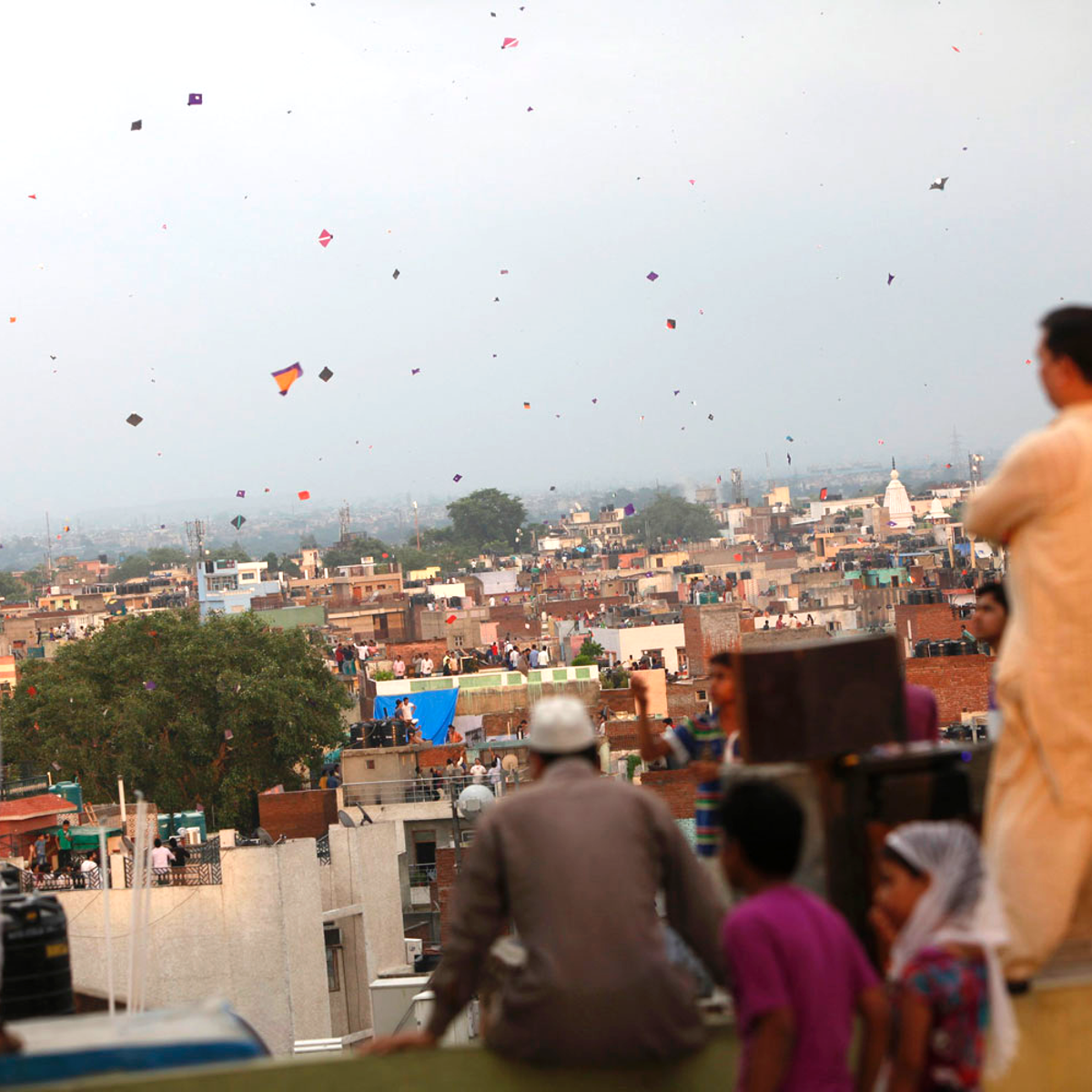
Akshay Tritiya – 6 Reasons Why It’s A Popular Festival In Bikaner, Rajasthan
Akshay Tritiya is not just a religious festival. But has a rich historical background to it. Ankurita takes us to Bikaner and shows how it is celebrated there.

Akshay Tritiya is not just a religious festival. But has a rich historical background to it. Ankurita takes us to Bikaner and shows how it is celebrated there.
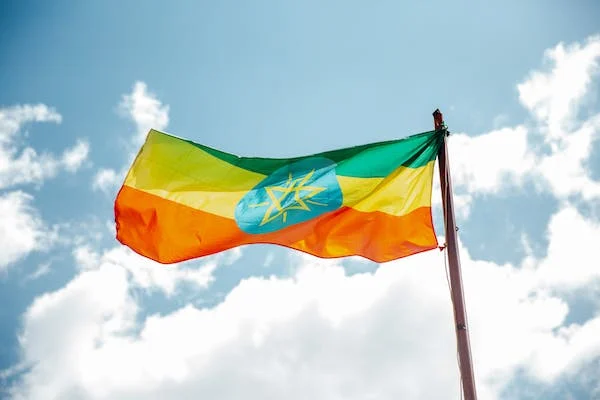
Ethiopian rituals of sharing food are not known to many. But from Bunna to Gursha to Eskesta, the culture is intriguing
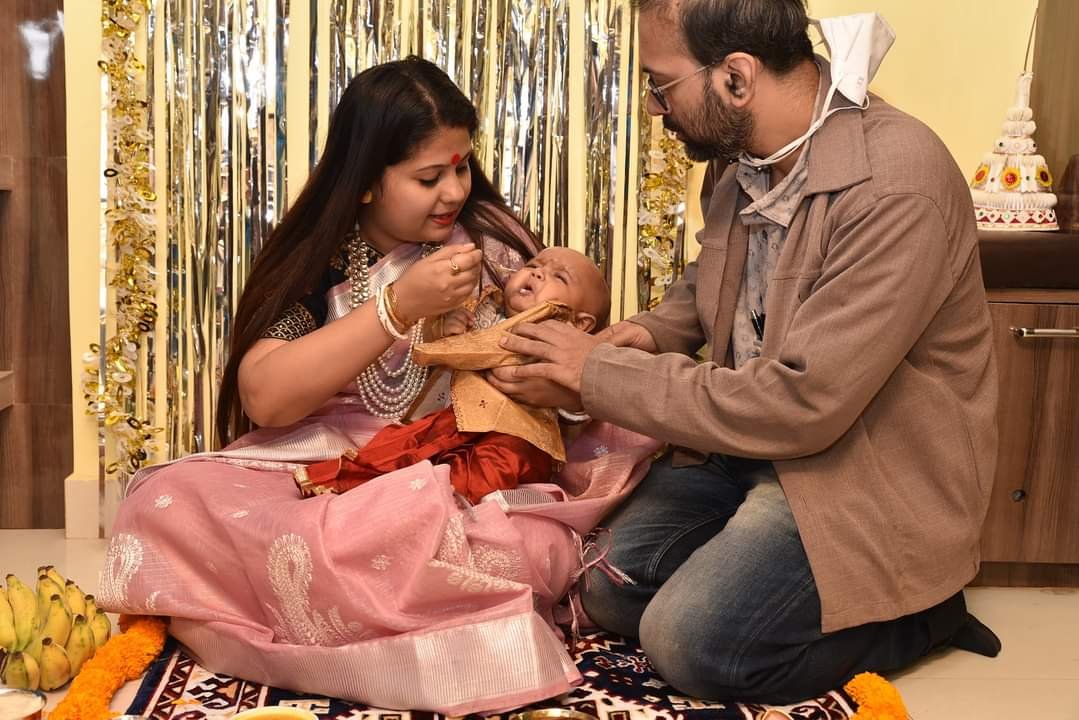
Inclusion and not discrimination will work!
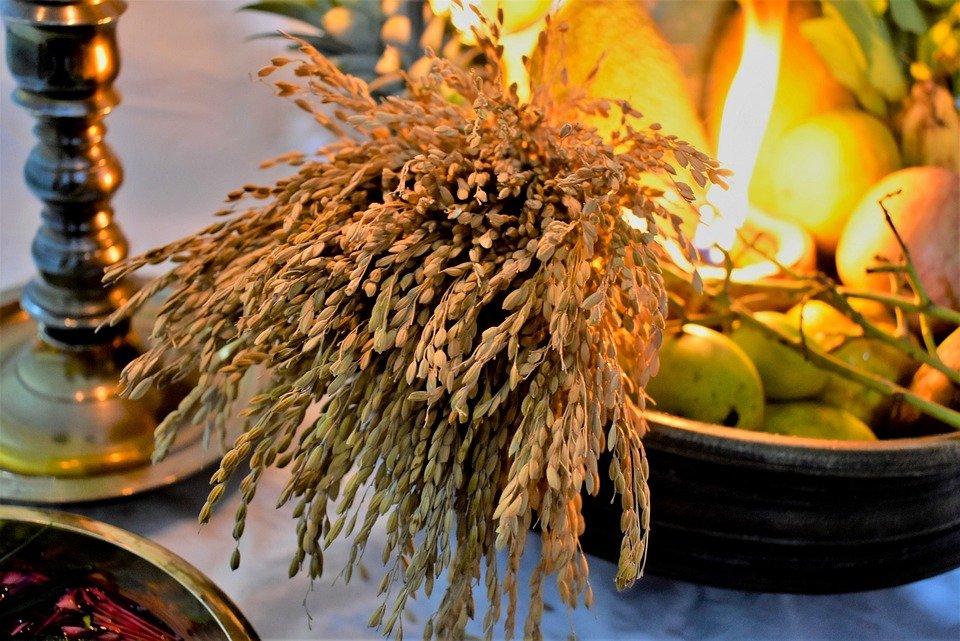
Narayani sends greetings on Vishu and shares beautiful memories of her Amma and her grandparents.

Our Sixth Power Woman, Cheryl Bradshaw from the UK, tells us how she fought abuse from a very young age.
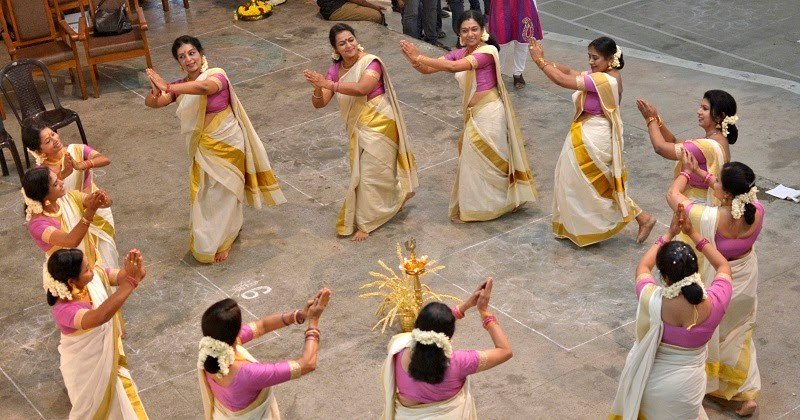
How do we fit traditional festivals into our modern set-up? Preethi tells how she did that,
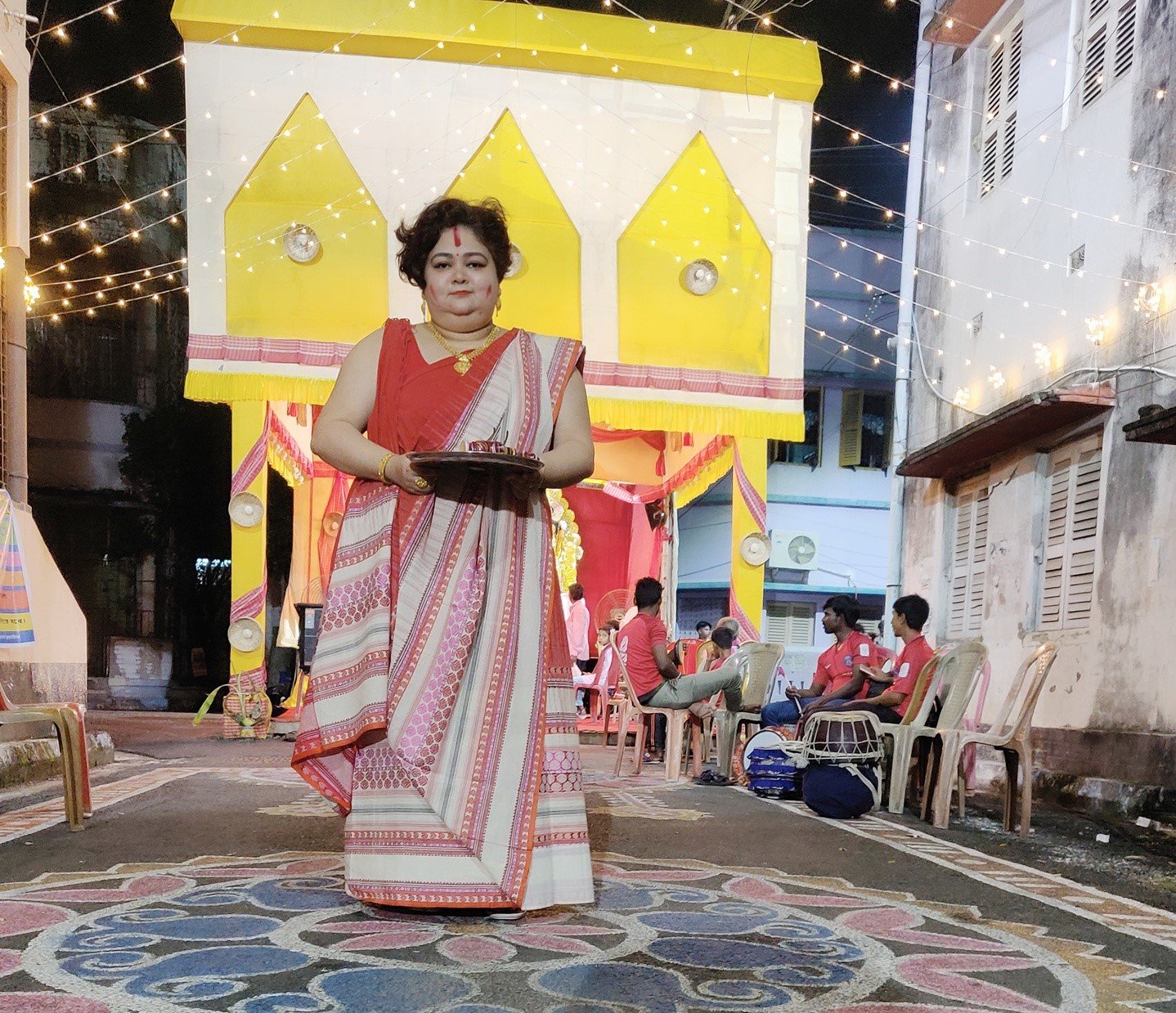
‘Is ‘Sindur Khela’ a patriarchal ritual? Is it hypocrite of her if she chooses to participate in it despite identifying as a ‘feminist’?’ Asks Subhra.
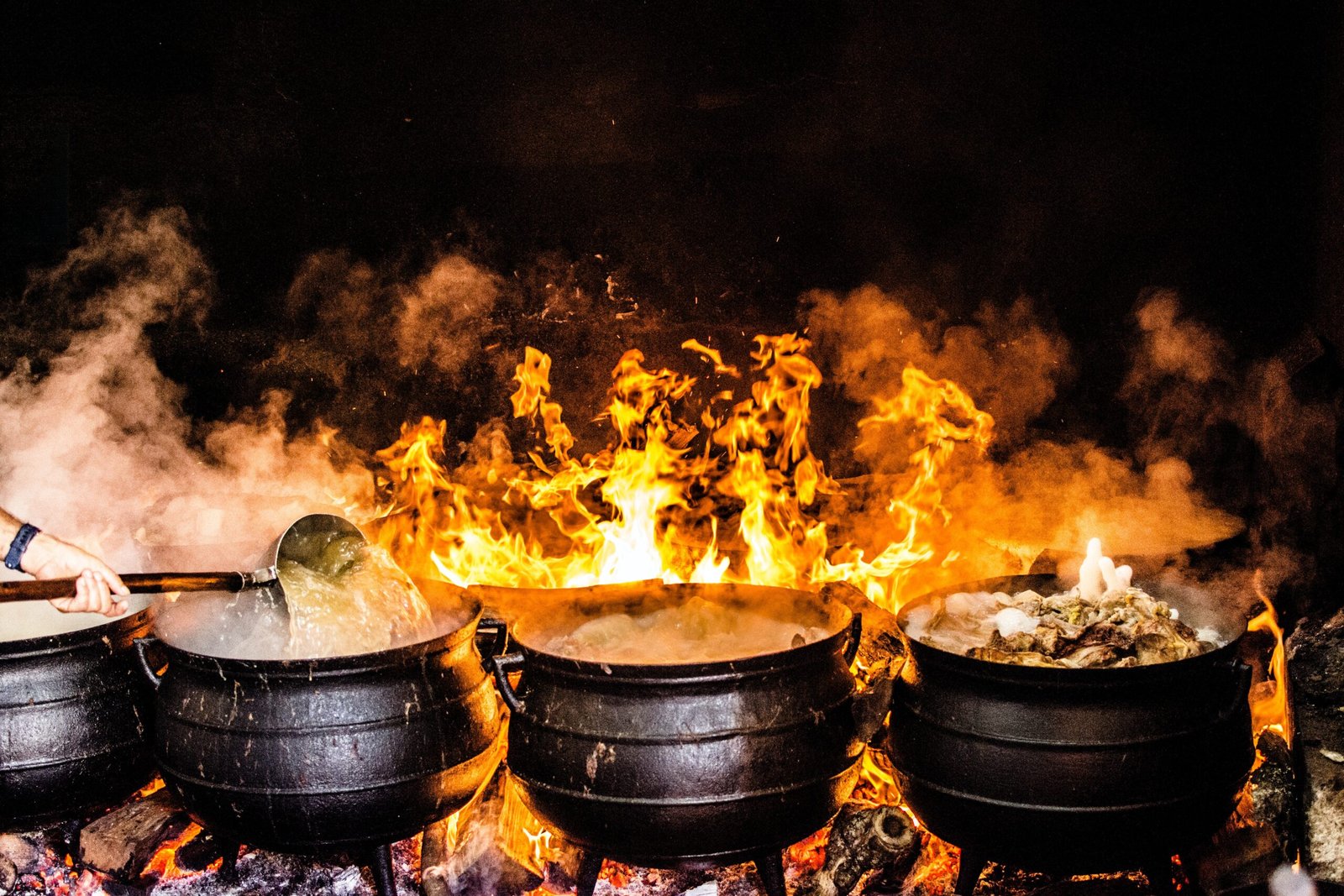
Poila Boishakh, the Bengali New Year Celebration is all about rekindling memories.
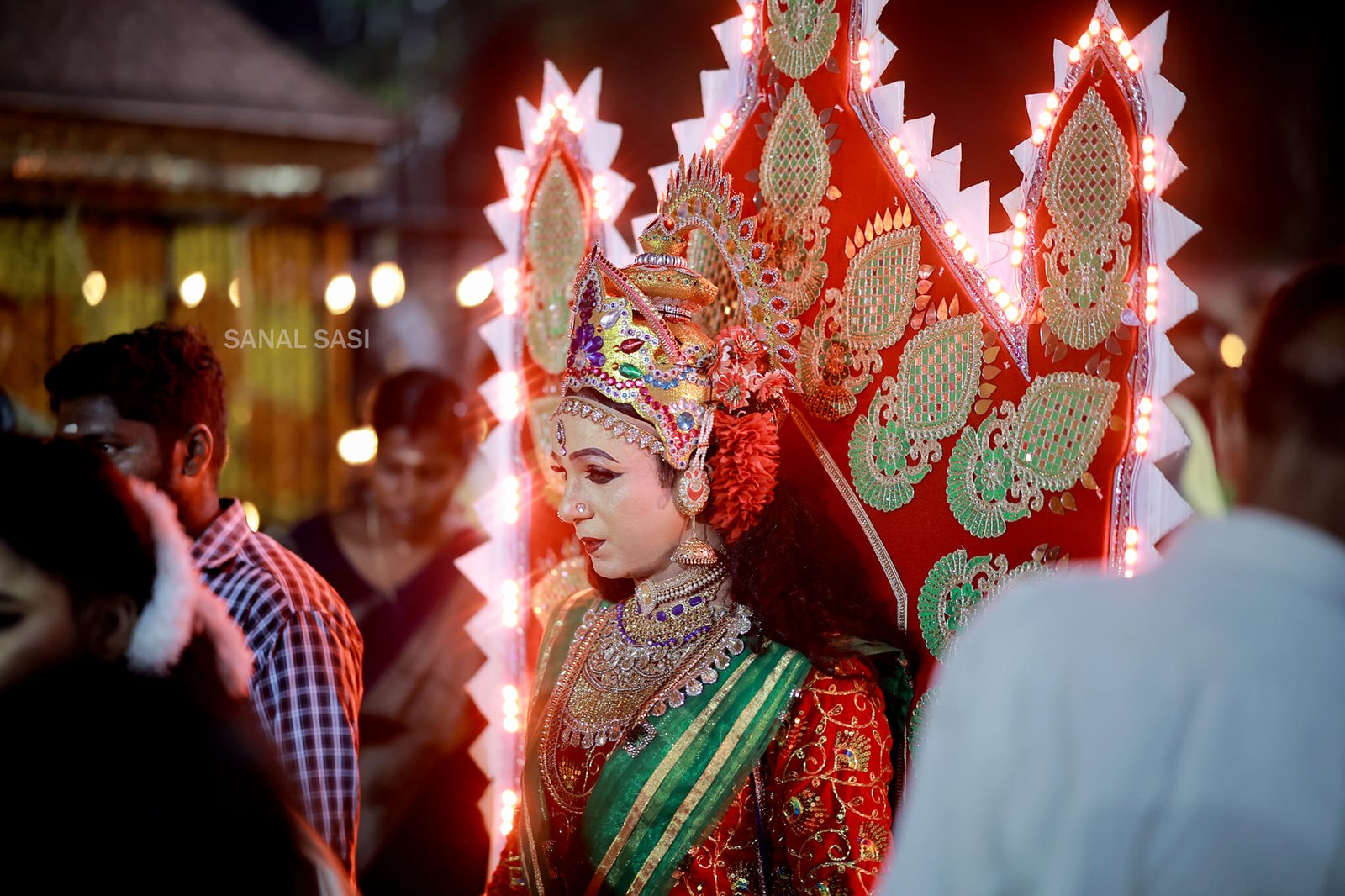
Deepa Perumal takes us to Kollam in Kerala to give us a glimpse of the festival where the feminine form is celebrated irrespective of gender.

